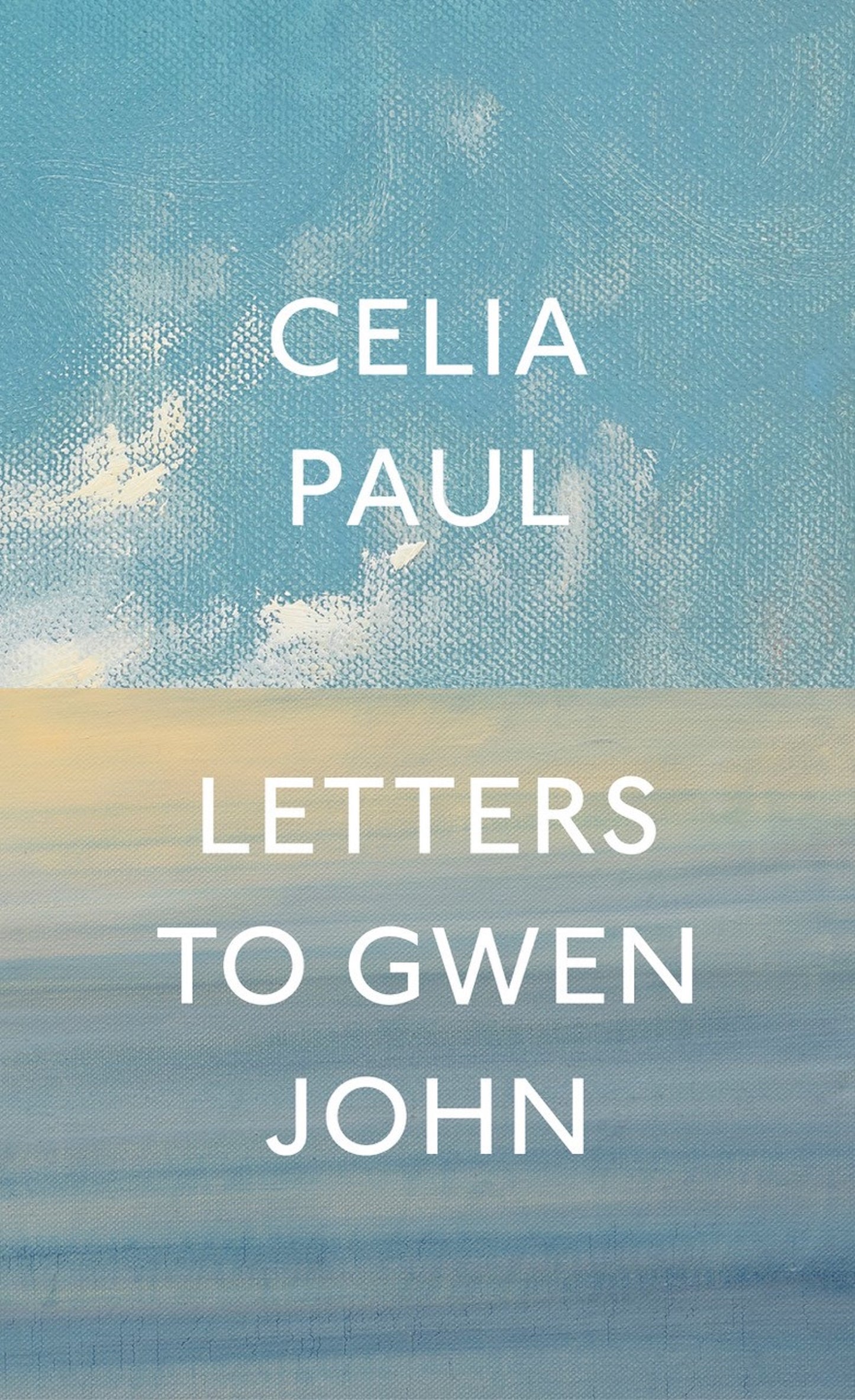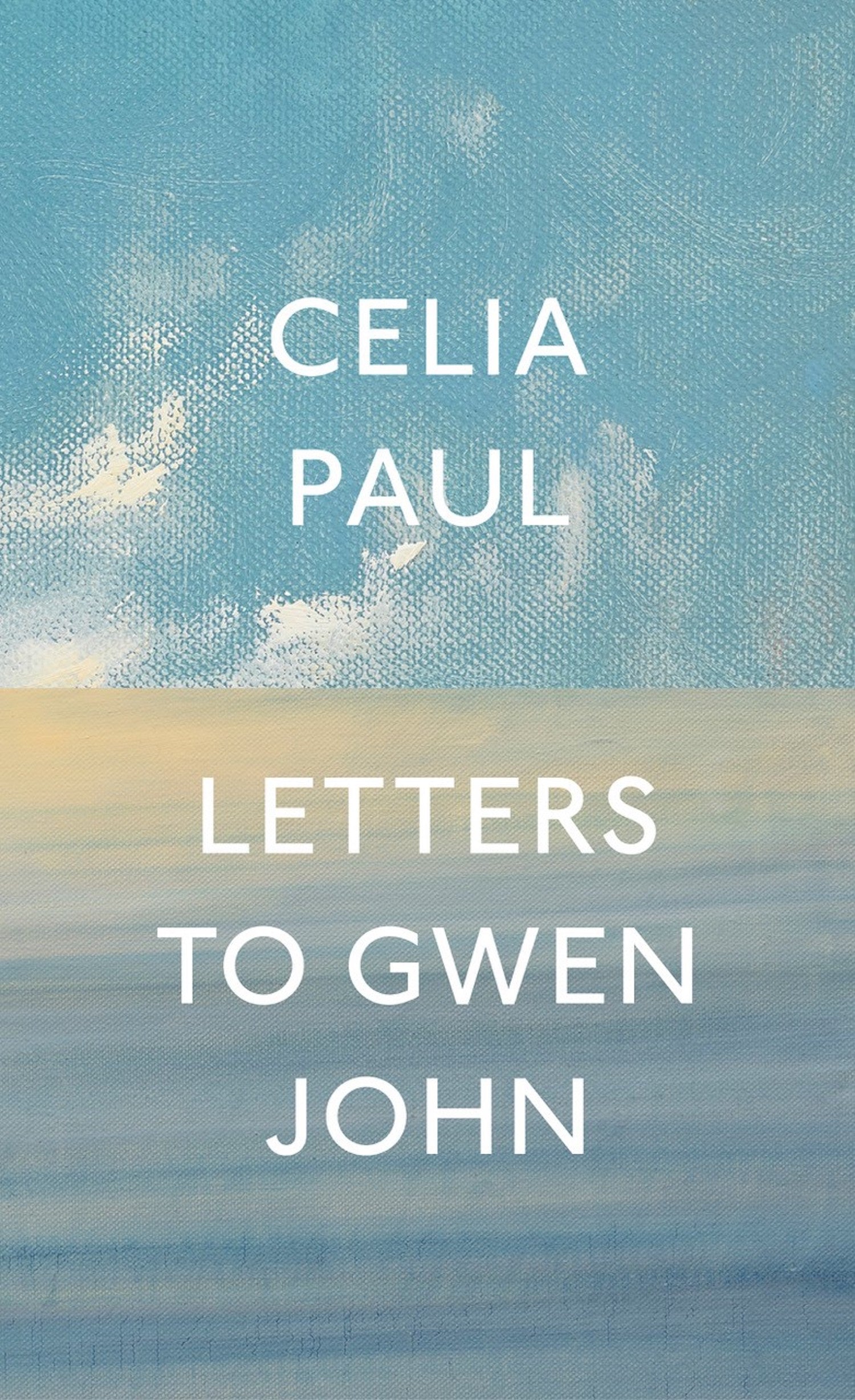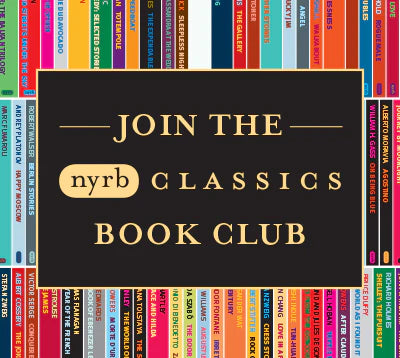Letters to Gwen John paints equally detailed and revealing portraits of Paul and John. . . . Paul writes to John as one would a mentor, a confidant, a dear friend . . . Their work proves that accessing genius and negotiating life’s mundanities are not mutually exclusive.
—Sophia Stewart, Hyperallergic
Praising Gwen John’s compact self-portraits, Paul notes that because 'women painters hardly even have a foothold in the history of art … they need to find oblique ways of self-representation.' Here, Celia Paul has done that, inventing at least a toehold for these two most solitary of artists, imagining them as companions able to scale the heights they deserve.
—Cynthia Payne, Brooklyn Rail
Letters continues, then, Paul’s endeavor in Self-Portrait to assert herself as subject, not merely as model and muse. . . . Yet to read Letters, like Self-Portrait, as a triumphant portrait of the woman artist would not be quite right. It would, first of all, disregard the remarkable dialectics of loneliness and desire, of love and manipulation, that Paul handles with patient—even disarming—frankness. . . . The dated letters offer only a light dusting of chronology: alongside the imaginative biography of John, and alongside the dated journal entries, the book is also a foray into Paul’s past. The effect is one of a dreamscape, a mesh of past and present, as the borders between the two female artists soften and start to give.
—Victoria Baena, The Baffler
Celia Paul, in both her painting and her writing, is a formidable guardian of her own inner life, as well as a careful chronicler of what it means to traverse a boundary that is barely perceptible, hardly there at all, and yet is the place where truth emerges, hangs in the balance, is not quite distinguishable from a lie. Letters to Gwen John, the British artist’s new epistolary memoir (following 2019’s Self-Portrait), is a profound act of truth-telling made possible by the thrilling risk of tarrying at that contested border. Paul’s writing is a kind of ritual, as well as a pilgrimage, in which she leads us into those hidden places where understanding is beside the point, and invites us simply to dwell with her and whomever else she summons.
—Jack Hanson, Artforum
An excellent new book. . . . Paul began her Letters to Gwen John in 2019, and they became a way of coping both with the pandemic and with the return of her husband’s cancer. In a nod to the epistolary novel, she addresses her letters to 'Dear Gwen.' It’s a risky conceit, but as the intimacy grows — if not with John, then certainly with us — their clarity on the grammars of gender is compelling, and utterly contemporary. Truthfulness does not run one way, any more than power and vulnerability do.
—Drusilla Modjeska, New York Times Book Review
It is really Paul who’s centre stage, and she is fascinating; I do not feel, at this point, that I could ever tire of her mind, and the unlikely, singular way it turns. I want to know as much about her as I possibly can. . . . Unreciprocated desire, and how – if – it might be quelled, is a theme of this book. . . it is very much an artist’s book. . . It’s rarer than one imagines, this: so few artists are able to articulate why, and how, they work. Then again, this is a volume born of battles that are, to a degree, universal in the case of women: the cruelty of men, the shame of ambition, the struggle (always!) to find space to think, to be free. Paul is 62 now; this book has been gestating for a long time.
—Rachel Cooke, The Guardian
In opening up her story to include John’s, the book takes on a markedly different shape to its precursor, combining this intimate, immediate form of memoir with elements of biography and art criticism. The end result is a beguiling, singular work of art – a portrait of two lives, entwined through time and space. . . Paul’s prose. . . glints and gleams on the page.
—Lucy Scholes, Daily Telegraph
[Letters] is at once diary and confessional, biography and autobiography and something between the two. It maps the landmarks of the two artists’ lives, exploring their motivation through the tenuously imagined dialogue of two kindred minds. . . . it is Gwen John’s life as much as her own that is the focus of this book.
—Honor Clerk, Spectator (UK)
It’s a work of biography, analysis, reverence, and supplication, and it’s filled with buoyant representations of both Paul’s and John’s work. A charge runs through it, the crackly static electricity of two connected souls touching hands across a century.
—Hillary Kelly, Vulture
Painter Paul shares her thoughts on art, relationships, and the creative life through letters to Welsh artist Gwen John in these intimate meditations. . . . Paul’s prose is spare and luminous, revealing her painter’s eye in attention to color, texture, and depth. . . The included paintings, both John’s and Paul’s, are breathtaking. Fellow artists will relish this lucid look at what is required to 'live and paint truthfully.'
—Publishers Weekly
Beautiful, tender, and riveting. I have taken this book into my heart.
—Claire-Louise Bennett, author of Checkout 19
A miraculous, door-opening book.
—Julia Blackburn, author of Time Song












